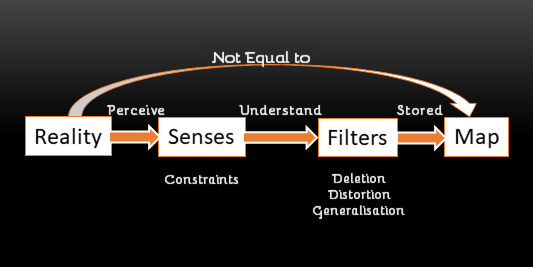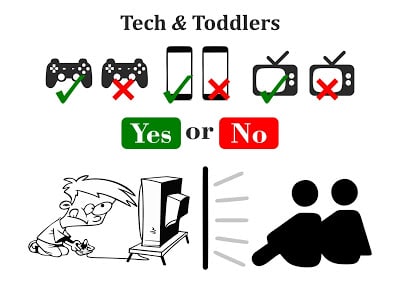WHAT IS A.D.H.D….????
(Attention Deficit Hyperactivity Disorder)
Symptoms
ADHD used to be known as attention deficit disorder, or ADD. In 1994, it was renamed ADHD and broken down into three subtypes, each with its own pattern of behaviors:
1. An Inattentive type, with signs that include:
· inability to pay attention to details or a tendency to make careless errors in schoolwork or other activities
· difficulty with sustained attention in tasks or play activities
· apparent listening problems
· difficulty following instructions
· problems with organization
· avoidance or dislike of tasks that require mental effort
· tendency to lose things like toys, notebooks, or homework
· distractibility
· forgetfulness in daily activities
2. A hyperactive-impulsive type, with signs that include:
· fidgeting or squirming
· difficulty remaining seated
· excessive running or climbing
· difficulty playing quietly
· always seeming to be "on the go"
· excessive talking
· blurting out answers before hearing the full question
· difficulty waiting for a turn or in line
· problems with interrupting or intruding
3. A combined type (ADHD), which involves a combination of the other two types and is the most common
Although it can be challenging to raise kids with ADHD, it's important to remember they aren't "bad," "acting out," or being difficult on purpose. And they have difficulty controlling their behavior without medication or behavioral therapy.
Learning Disabilities
About half of all kids with ADHD also have a specific learning disability. The most common learning problems are with reading (dyslexia) and handwriting. Although ADHD isn't categorized as a learning disability, its interference with concentration and attention can make it even more difficult for a child to perform well in school.
Treating ADHD
ADHD can't be cured, but it can be successfully managed. The goal is to help a child learn to control his or her own behaviour and to help families create an atmosphere in which this is most likely to happen.
Behavioral Therapy
Behavioral therapy attempts to change behaviour patterns by:
· reorganizing a child's home and school environment
· giving clear directions and commands
· setting up a system of consistent rewards for appropriate behaviours and negative consequences for inappropriate ones
Here are examples of behavioural strategies that may help a child with ADHD:
· Create a routine. Try to follow the same schedule every day, from wake-up time to bedtime. Post the schedule in a prominent place, so your child can see what's expected throughout the day and when it's time for homework, play, and chores.
· Get organized. Put schoolbags, clothing, and toys in the same place every day so your child will be less likely to lose them.
· Avoid distractions. Turn off the TV, radio, and computer games, especially when your child is doing homework.
· Limit choices. Offer a choice between two things (this outfit, meal, toy, etc., or that one) so that your child isn't overwhelmed and over stimulated.
· Change your interactions with your child. Instead of long-winded explanations and cajoling, use clear, brief directions to remind your child of responsibilities.
· Use goals and rewards. Use a chart to list goals and track positive behaviours, then reward your child's efforts. Be sure the goals are realistic (think baby steps rather than overnight success).
· Discipline effectively. Instead of yelling or spanking, use timeouts or removal of privileges as consequences for inappropriate behaviour. Younger kids may simply need to be distracted or ignored until they display better behaviour.
· Help your child discover a talent. All kids need to experience success to feel good about themselves. Finding out what your child does well — whether it's sports, art, or music — can boost social skills and self-esteem.
ADHD in the Classroom
In addition to using routines and a clear system of rewards, here are some other tips to share with teachers for classroom success:
· Reduce seating distractions. Lessening distractions might be as simple as seating your child near the teacher instead of near the window.
· Use a homework folder for parent-teacher communications. The teacher can include assignments and progress notes, and you can check to make sure all work is completed on time.
· Break down assignments. Keep instructions clear and brief, breaking down larger tasks into smaller, more manageable pieces.
· Give positive reinforcement. Always be on the lookout for positive behaviours. Ask the teacher to offer praise when your child stays seated, doesn't call out, or waits his or her turn instead of criticizing when he or she doesn't.
· Teach good study skills. Underlining, note taking, and reading out loud can help your child stay focused and retain information.
· Supervise. Check that your child goes and comes from school with the correct books and materials. Sometimes kids are paired with a buddy to can help them stay on track.
· Be sensitive to self-esteem issues. Ask the teacher to provide feedback to your child in private, and avoid asking your child to perform a task in public that might be too difficult.
· Involve the school counselor or psychologist. He or she can help design behavioural programs to address specific problems in the classroom.
Other Activities & Games:
3D View Video Games should be barred: These kids shouldn’t play video games which has 3D view and high flashy stimulation. Rather they shall play games which requires high amount of concentration with fun and rewards. Like Find out differences, Hidden Object Games, Puzzles, Strategy based games etc.
Encourage them to play Board Games: Encourage these kids to play board games like chess, Hexel, Carom etc.
One regular physical activity: These kids should play or do one regular physical activity daily in form of sports or dance.
**Consult nearest Expert for Diagnose and help.




comments (00)